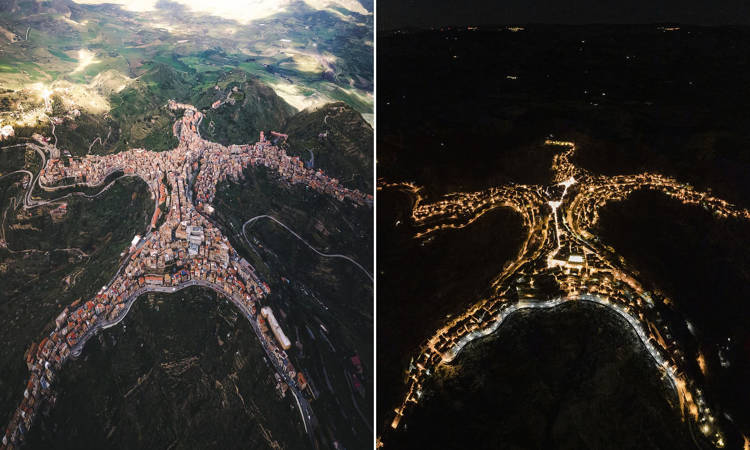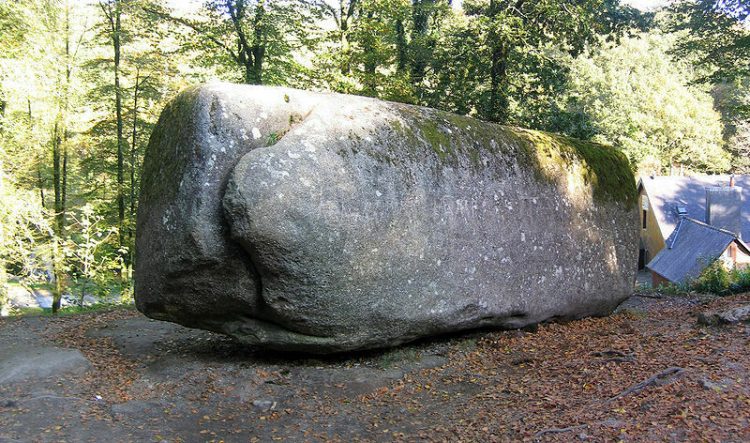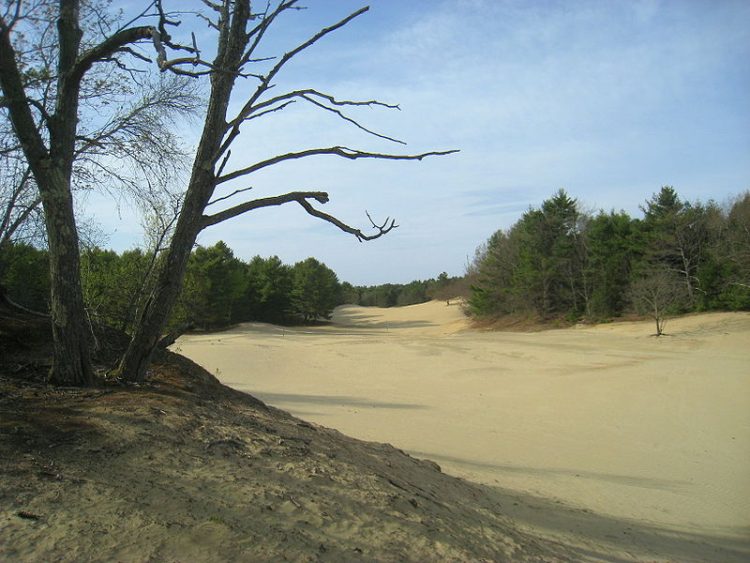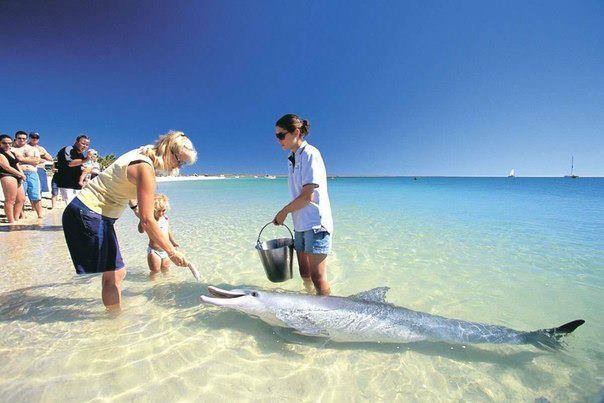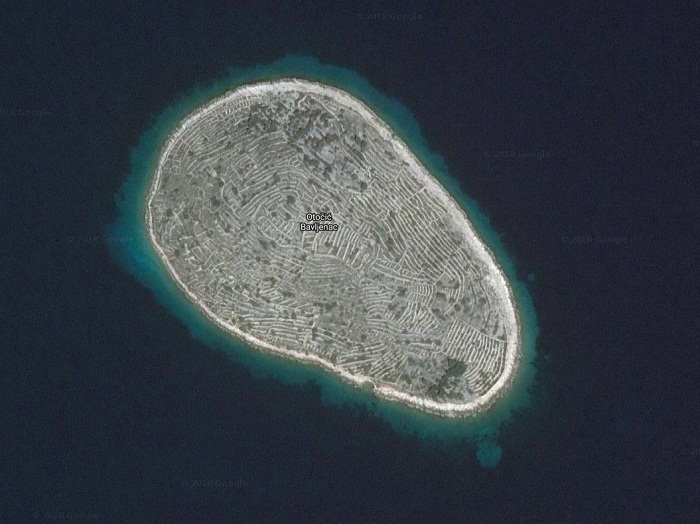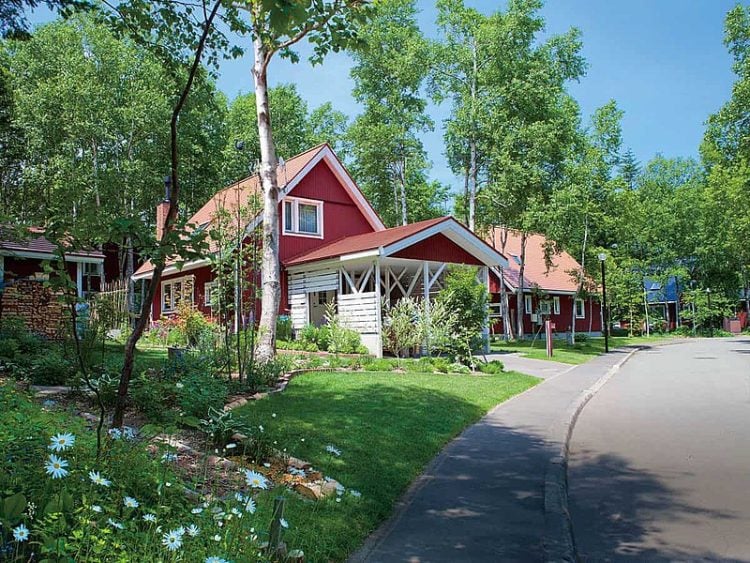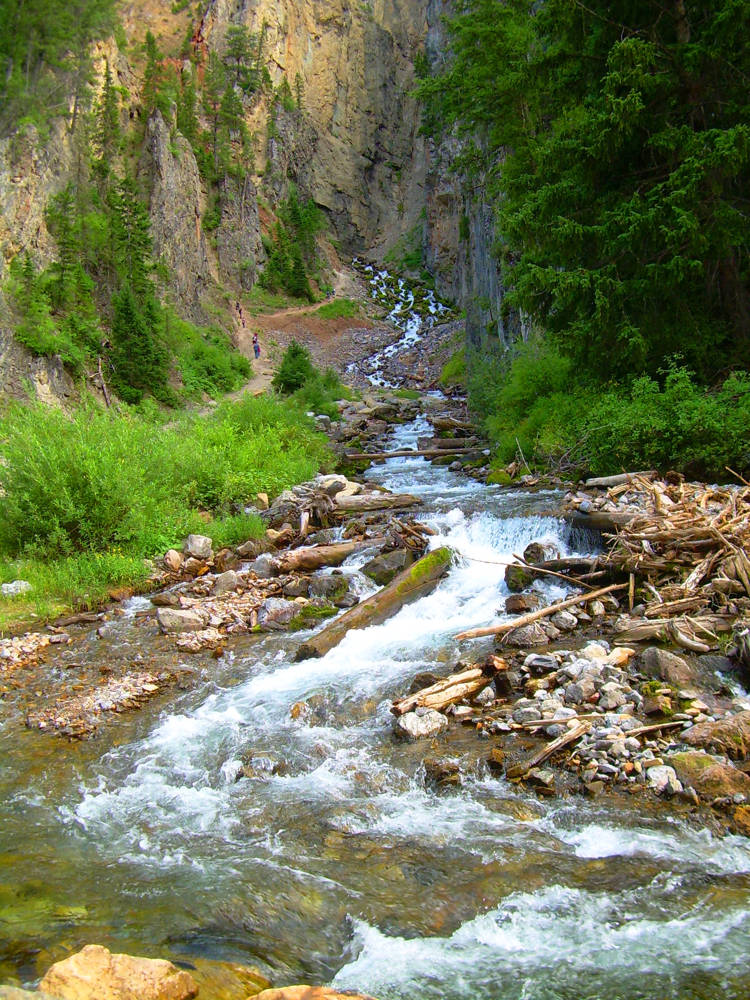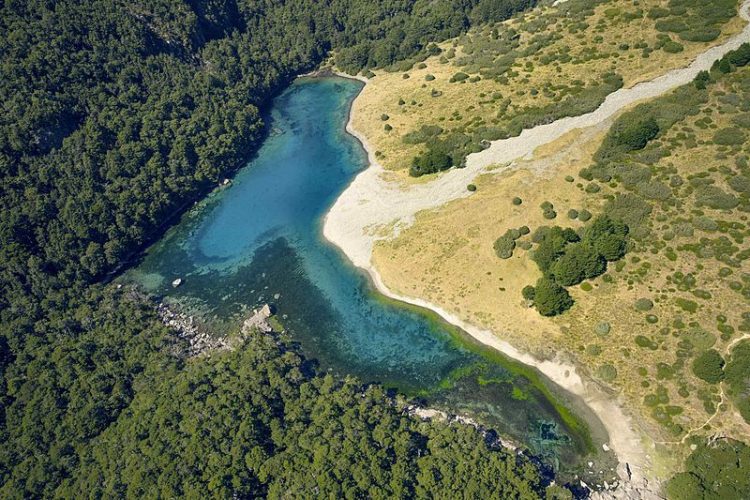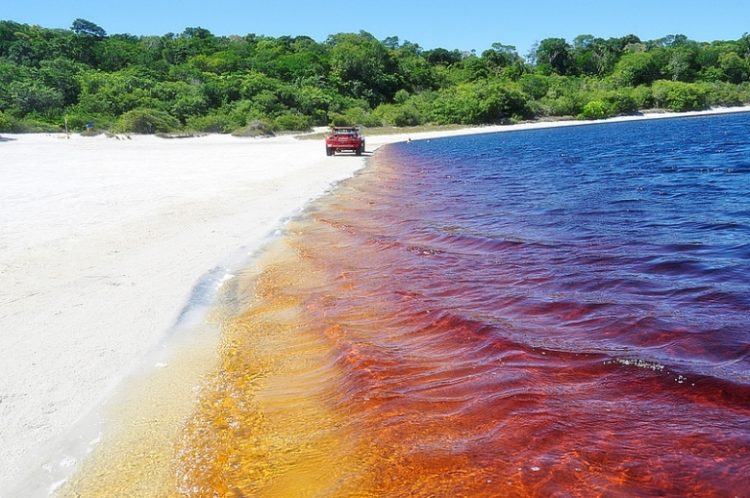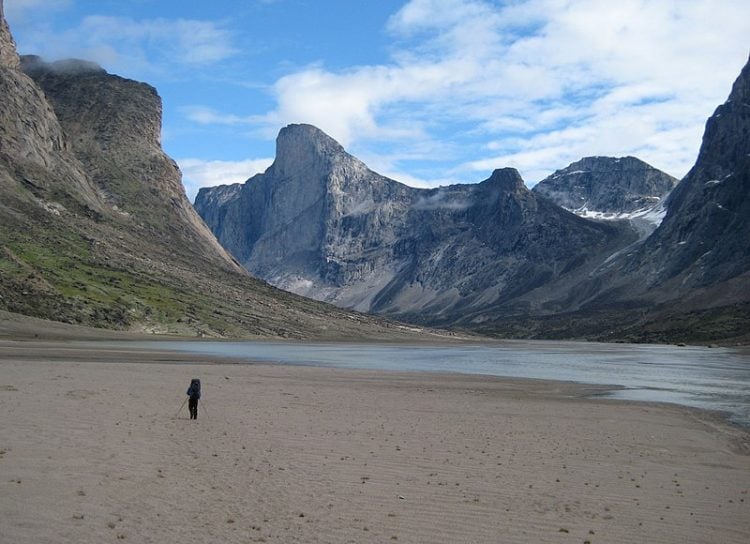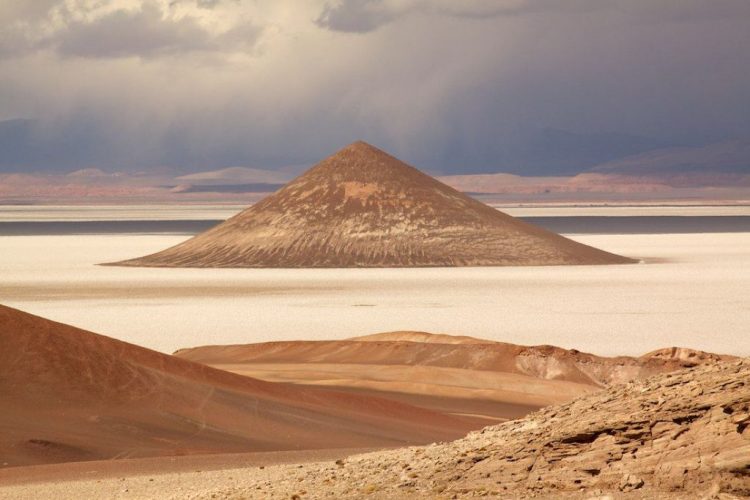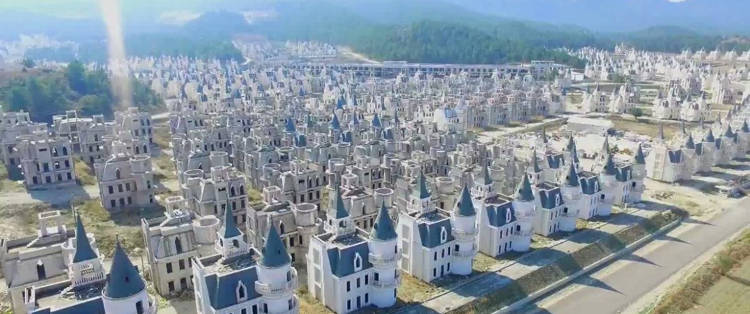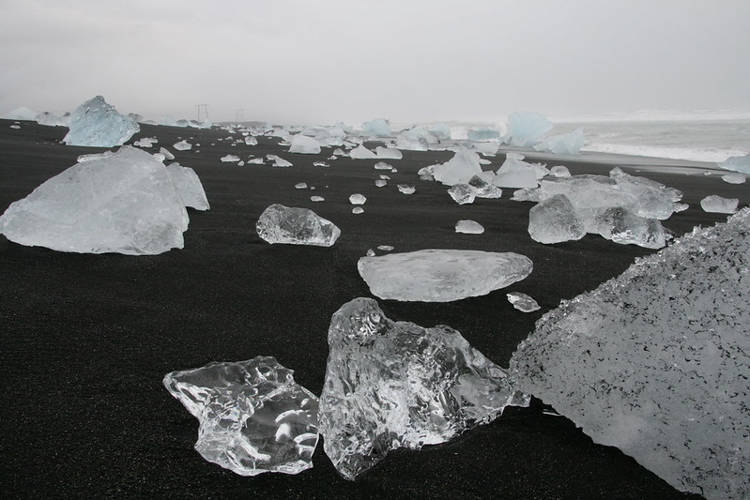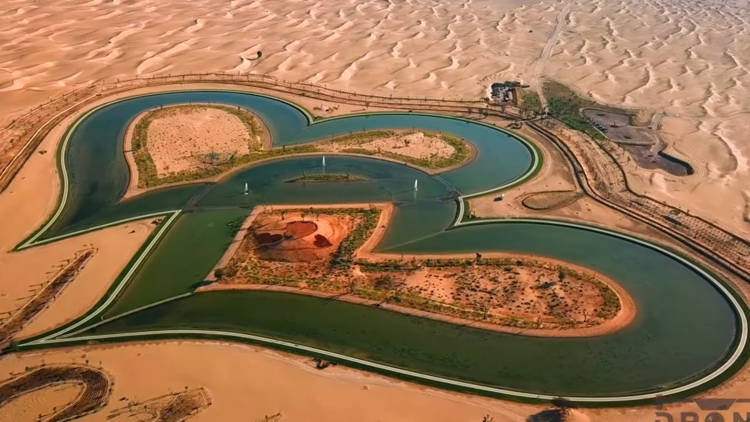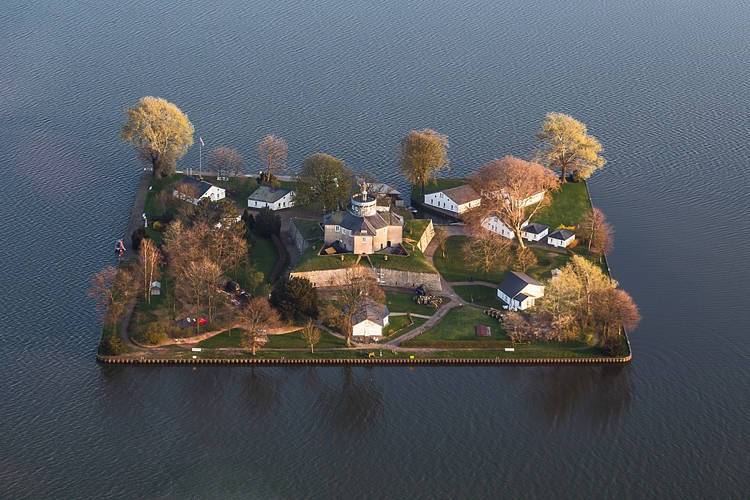Centuripe, a small town tucked in the hills of Sicily, is known as “the balcony of Sicily” for the stunning views it offers across to Mount Etna, but few know that, from the air, the town itself is quite the sight.
Pio Andrea Peri, a 32-year-old local photographer, recently used his drone to capture the unique shape of Centuripe from high up in the sky. After first discovering the unusual shape of his town while looking at it on Google Earth, Peri decided to take his drone and check it out for himself. He was so surprised by what he saw on his monitor that he snapped a few photos and shared them on social media, where they went viral almost instantly. From the right angle, Centuripe looks like the silhouette of a person with their arms and legs stretched out.

